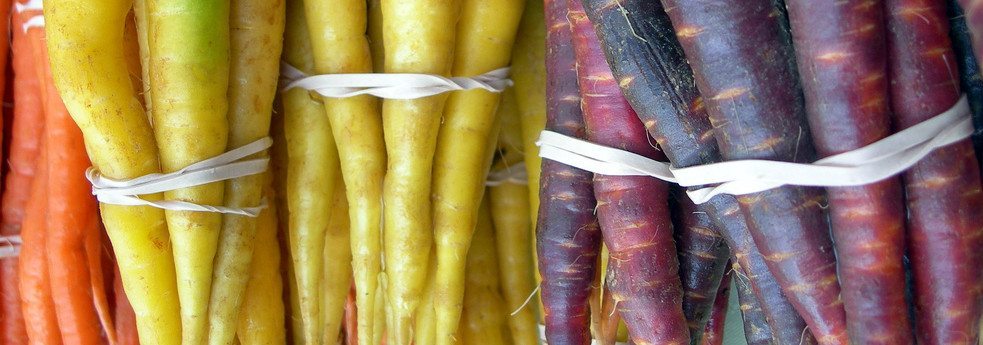4 Great Spring Vegetables You Can Grow Yourself

Fresh food is the best. It’s the healthiest, the most colorful, and if you grow it yourself– the most budget-friendly. Growing food is fun, great exercise, gets you outside, and for younger gardeners it’s a hands-on experience that engages and educates at the same time.
At your premiere Littleton, CO dentists, one of our goals is to support oral health before cavities or gum disease even have a chance to enter the picture. One critical step in this preventative plan is to eat a healthy diet. And what better way to eat healthy than growing your own nutritious food?
Here are some easy, no-fail spring veggies the whole family will get excited about.
Peas
Peas are an excellent early spring veggie to start because they love cooler temperatures. High in folic acid, vitamin A, and fiber, these crunchy vegetables make great additions to fresh salads, stir-fries, soups and more– depending on what type you’re growing. There are three main families of peas: English, pod peas (like sugar peas), and snap peas. All are delicious, but for an easy garden salad or stir-fry ingredient, nothing beats sugar peas. Sweet and delicious, fresh or cooked– think of them as the candy of the vegetable world.
Arugula
This bitter green, a relative of the mustard green, has become extremely popular in salads and is easy to find in the supermarket– but it’s way easier and cheaper to grow yourself! We recommend sowing in early spring, this green loves cool weather and will bolt during hot summer months. Sow seeds every 1-2 weeks for a steady supply. Bitter greens like this are high in antioxidants and said to have a “cleansing” effect following what is often the more sedentary winter lifestyle.
Radishes
Radishes take almost no effort and grow quickly, making them possibly the easiest kitchen-garden vegetable there is. Spicy and crisp, radishes also come in a wide variety of types that are sure to fascinate your family, especially children. While the typical radish has a red coat and white center, you can grow the Easter egg variety, which comes in pinks, purples, and white, or Plum Purple– which looks like it sounds. Radishes are astonishingly low in calories while being high in fiber, vitamin C, and trace minerals from the soil– so eat up!
Carrots
While this vegetable may seem overdone to some (after all, we’ve been eating carrot sticks for snacks since kindergarten), fresh-grown carrots from your own garden are truly a different breed altogether. Picked that day, carrots offer a sweet flavor that they lose while waiting in the produce section. And they come in a rainbow of colors– no more boring orange. Spice it up with purple, pale yellow and white carrots to add dimension and beauty to your salad. Almost maintenance free, growing carrots requires spacing out seeds, thinning, and occasional watering. For the best success, plant in light, sandy soil so the root can grow freely.
Share your kitchen garden tips
Do you already have a kitchen garden? What’s your favorite vegetable to grow? Share your tips with us at your next appointment— we love learning about healthy eating too!
Schedule your next appointment at your Littleton dentist of choice today.
